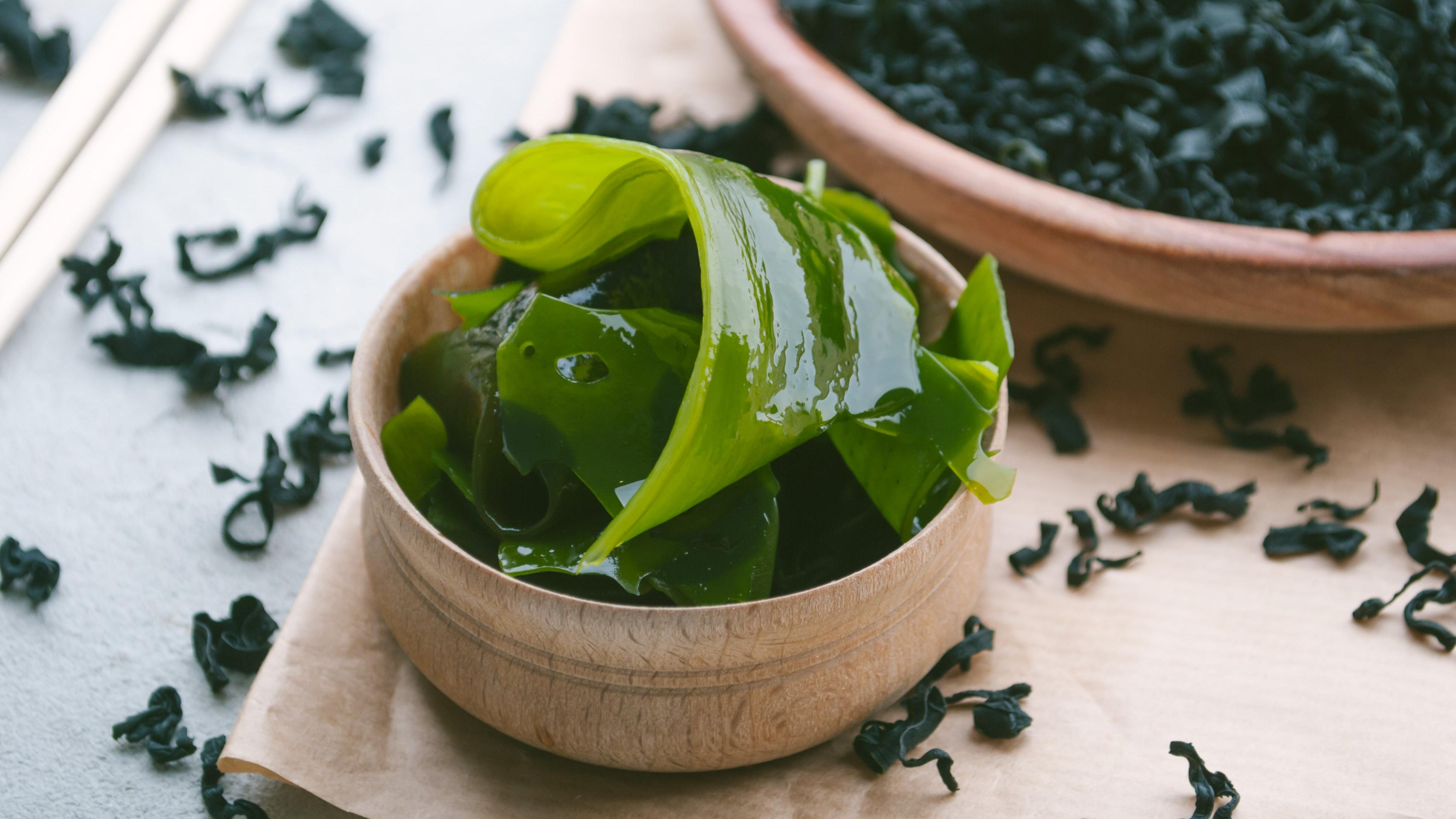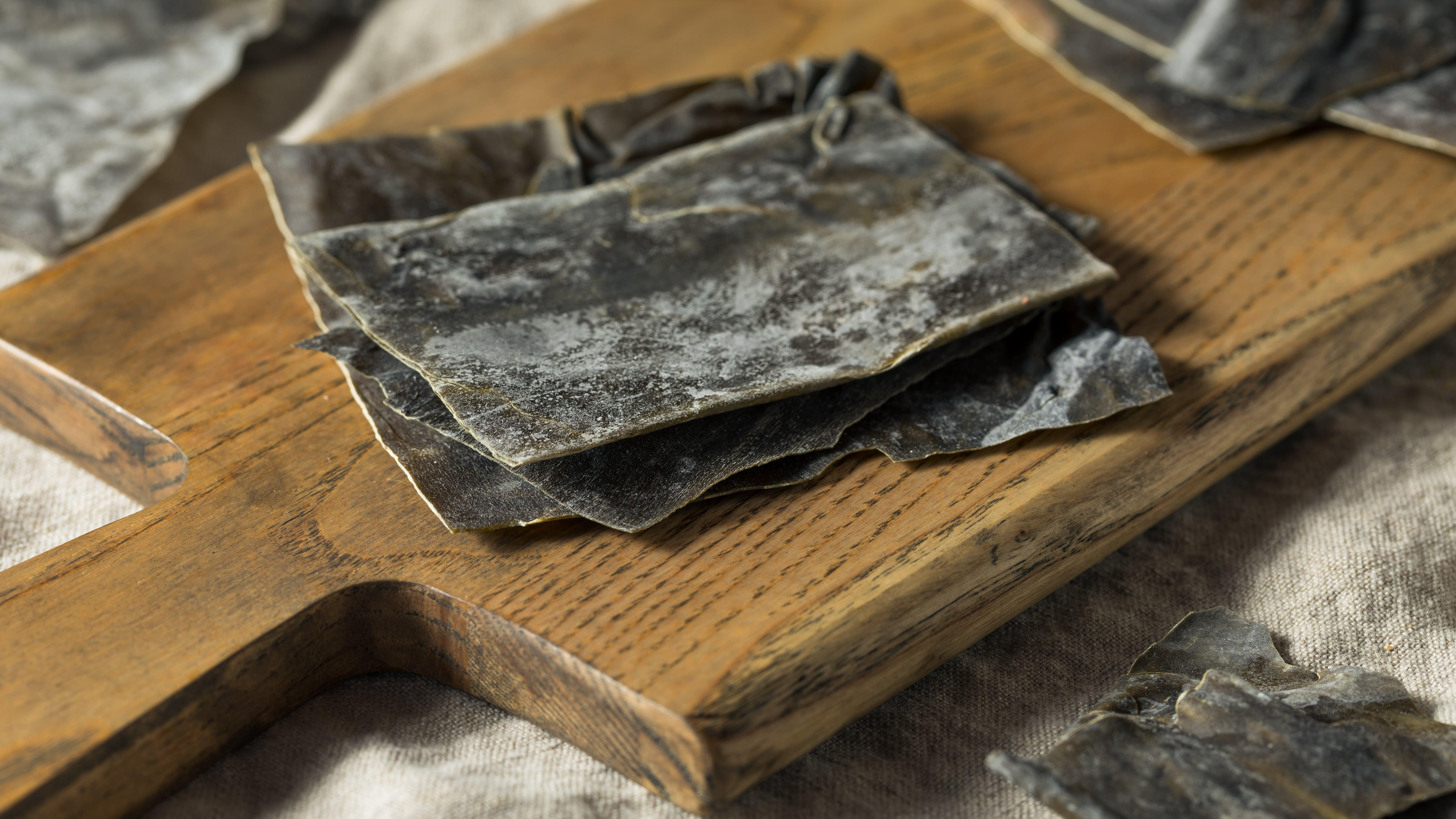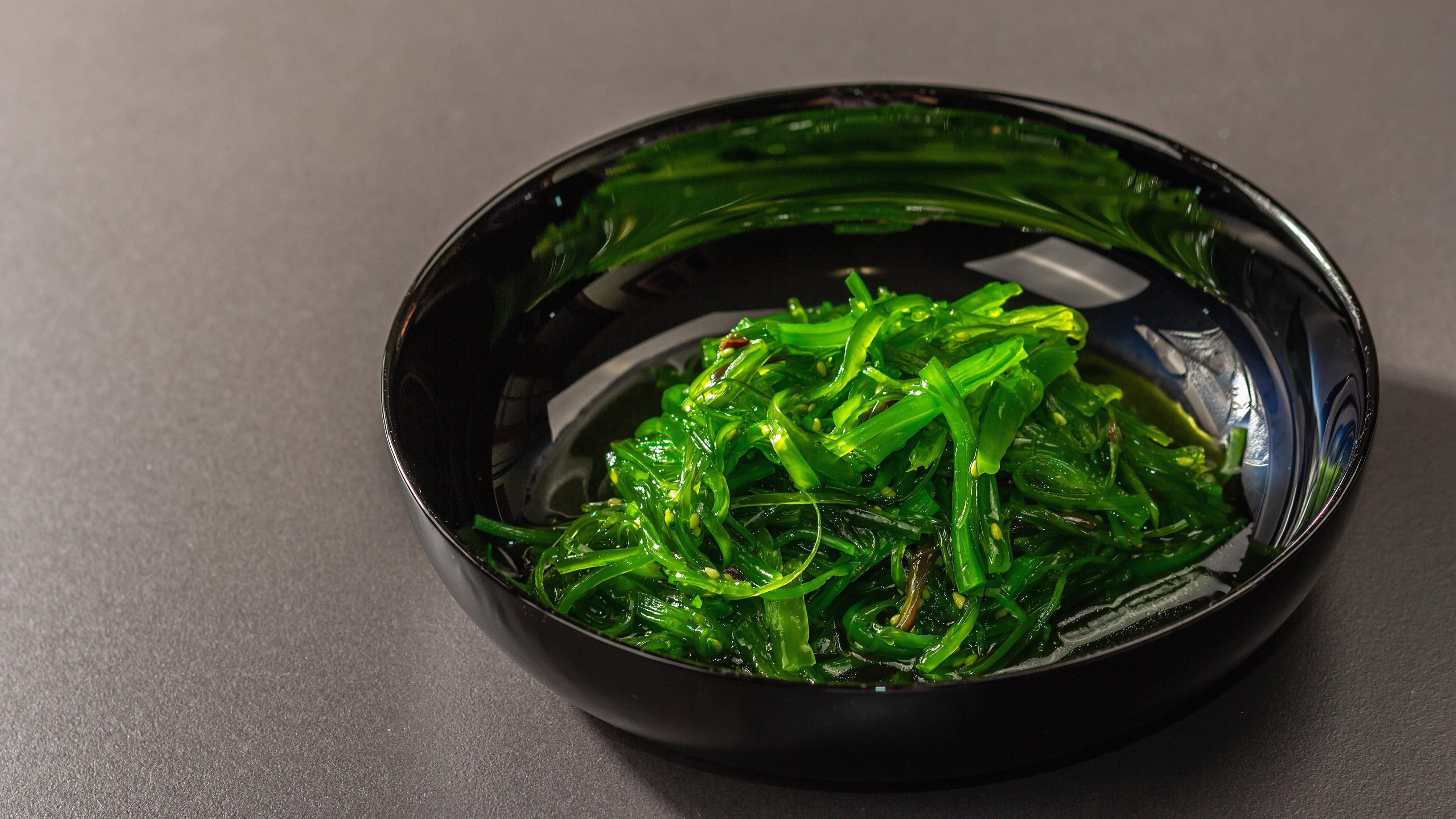Your Pantry Could Use More Seaweed
Seaweed brings the umami you need in your recipes.
As a proud person of Asian descent, whenever I mention the word "seaweed" to someone who hasn't grown up with it, I'll typically get one of a few reactions. There is always the person who says it's too weird for them, or that the taste is too strong (an appraisal that inevitably makes me feel sad and culturally rejected). Then there's the person who says, "I love seaweed, because I'm a huge fan of sushi!" But perhaps most common of all are the people who say they're curious about it, but don't know how to use it in their cooking.
Maybe more than anything, seaweed has a marketing problem. The word "weed" generally denotes a kind of vegetation that people would rather avoid (unless it's being smoked). Whatever the case, it's not a substance that anyone should be tentative about. Seaweed comes in a multitude of varieties that have various applications in the kitchen, pretty much all of which are delicious. So how is seaweed prepared, and how can you use it at home?

Just eat it right out of the package!
Some seaweed comes prepackaged as dried, crunchy sheets that you can simply eat plain right out of the package if you like. Korean food features a lot of gim, these thin chip-like squares of seaweed sold in packets at the store. Its irresistibly savory flavor and its typical dusting of salt and a tiny bit of oil taste great when paired with rice (or wrapped around it). The flavor comes from the high amount of glutamates found in seaweed; glutamates are a type of amino acid that lends food an umami quality.
(To the sushi lovers out there, gim is also known as nori—aka, the green stuff that wraps around your favorite maki roll.)
Gim is often marketed as a low-calorie snack at major supermarkets, though the packaging is often stripped of all things Korean so that it's simply labeled some sort of "seaweed snack." The appeal for many consumers is that gim can fit into a ketogenic diet. For the rest of us, seaweed has the benefit of being packed with iodine, vitamins, and antioxidants.
Use it as a soup base
Soups and stews are a prominent part of Asian cooking. Korean meals are rarely served without one, but they're a little different from Western variations that tend to be thicker and densely packed with solid ingredients.
In Japanese cooking, one particular type of seaweed, kombu, makes up the backbone of certain cooking stocks. Kombu is a thick type of kelp that's boiled or simmered in water to create a basic stock called dashi. And dashi is used to create something that you've almost certainly eaten at some point: miso soup.
While a lot of us assume that making something like stock will take up hours of your day, dashi can be created in under 30 minutes, and it can be applied not only to a range of flavorful soups, but to noodle dishes and other meals as well. This guide from Just One Cookbook is a terrific place to start if you need recipe inspiration.
Make salads with it
Wakame, a variety of kelp, forms a great base for salads served with rice. Once the wakame is rehydrated (it is most often sold dried), you can slice it thinly and dress it with a mixture of rice vinegar, a touch of sugar, and sesame seeds, and you've got a side dish ready to go.
This seaweed has a silky texture with some chew to it, and its flavor is briny and vegetal, which is a great contrast to a backdrop of white rice. It's likely you've seen this served as an appetizer or side at Japanese restaurants in America, where it's referred to as goma wakame. (Though interestingly, Vice points out, this preparation isn't super common in Japan.)
Seaweed belongs in your pantry, even if it's just for snacking.


